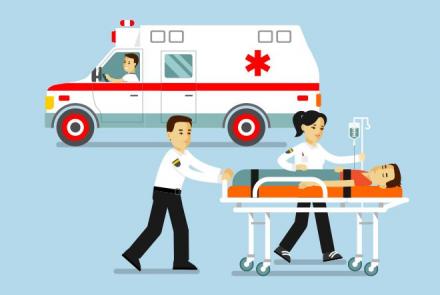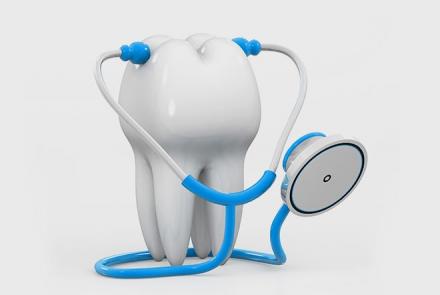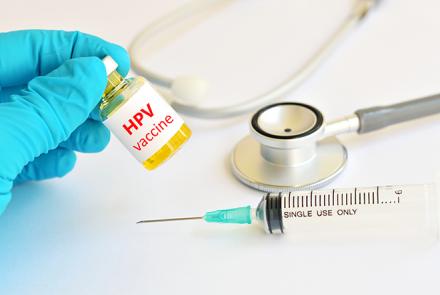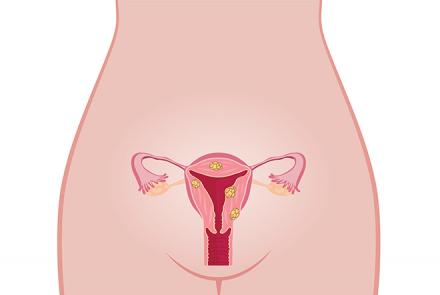TB is a contagious and potentially life-threatening disease. If you observe your employee has prolonged coughing with no relief for more than two weeks, please get him/her checked out by a doctor immediately. Dr Shital Patel informs how to recognize and evaluate hazards of Tuberculosis.
What is TB? How can it spread?
Tuberculosis or TB is an infectious disease caused by Mycobacterium tuberculosis bacteria. It is airborne which means it can spread by tiny droplets in the air when an…
Latest Stories
- Smriti Sawhney, an experienced Clinical Psychologist writes on body shaming and how harbouring a negative body image about ourselves, is ultimately a self-defeating exercise. I have struggled with hair thinning the past 7 years and have cried endless nights, gone through phases of lows and irritability, gone doctor shopping, hair products shopping and may even have consumed enough number of multivitamins to cause a toxic reaction in me…all for fitting myself to the image I have for a beautiful…
- Ms. Malavika M. Nair and Ms. Aakriti Vig under the guidance of DEMCARES, SCARF India write about the stressors that lead to challenging behaviours of Dementia and how to handle them. Dementia is recognized as a global health concern. It is estimated that nearly 47.5 million of the global population is diagnosed with dementia (WHO, 2017). It is a neurocognitive disorder, which is primarily prevalent in the elderly population. The symptoms include significant memory loss with…
- Do you know when you need to call an ambulance or when you can drive or take your loved one in a cab? Dr. Shital Raval talks us through the decision criteria of making the right choice. During a medical crisis, getting immediate medical help is critical! In cases of emergencies, often it may seem that driving to the hospital may be faster than calling an ambulance. Although this may be true, let’s examine the reasons why and when, calling an ambulance is the best choice. When to call the…
- Dr Paromita Ganguli, Senior Dental Surgeon with Fortis, Calcutta, explains the correlation between diabetes and dental care, and how the former, if not controlled, can affect dental health adversely. What are the most common oral health problems affecting persons with diabetes? The stomatognathic system comprising the oral cavity, the lining mucosa, the dentition, the periodontium supporting bone muscles and nerves are usually all affected with diabetes. The most common diseases are:…
- For people suffering from chronic illness, hospital stays are frequent. A hospital stay can be made more comfortable and relaxed with items you can bring from home. Even in cases of an emergency, such a hospital list can be given to a loved one to be fetched from your home. Here is a compilation of what many patients prefer to have with them during their time in a hospital. Remember, you should carry what suits your needs the best. To read this in hindi, click here: 25 चीज़ें जो…
- Dr Gayatri Deshpande, senior gynaecologist, cautions against infection of the Human papillomavirus (HPV) transmitted mainly through sexual contact that can cause painful and highly contagious genital warts resulting in a range of cancers in both men and women and advises safe sex to reduce risks. What is Human Papillomavirus (HPV) infection and how do you get it? This is an infection caused by Human Papillomavirus which is a DNA virus. One can catch this infection by sexual contacts which may…
- Fibroids are a common occurrence in women between 30 to 50 years of age and are mostly benign, but should be treated keeping in mind the symptoms present and the advice of the treating gynaecologist. Dr. Chandan Dubey, Obstetrician and Gynaecologist answers some of the common questions. What are fibroids and why do they occur? Fibroids are benign (not cancer) growths arising from the muscle cells of the uterus. They can range from very small (less than a centimetre) to very large in size. They…
- Chronic Fatigue Syndrome and Fibromyalgia have many overlapping symptoms with chronic pain and fatigue being the most common threads. Dr. Shital Raval explains the differences between the two conditions and the different diagnostic criteria Chronic Fatigue Syndrome or CFS is a medical condition with an unknown cause, presenting initially with constant or recurring fatigue for 6 months or more. Myalgic encephalitis or ME is the now the internationally accepted term for CFS. Fibromyalgia or…















